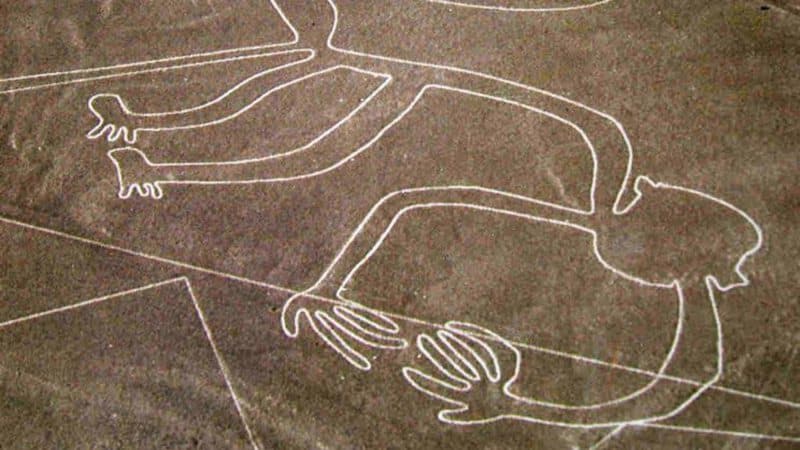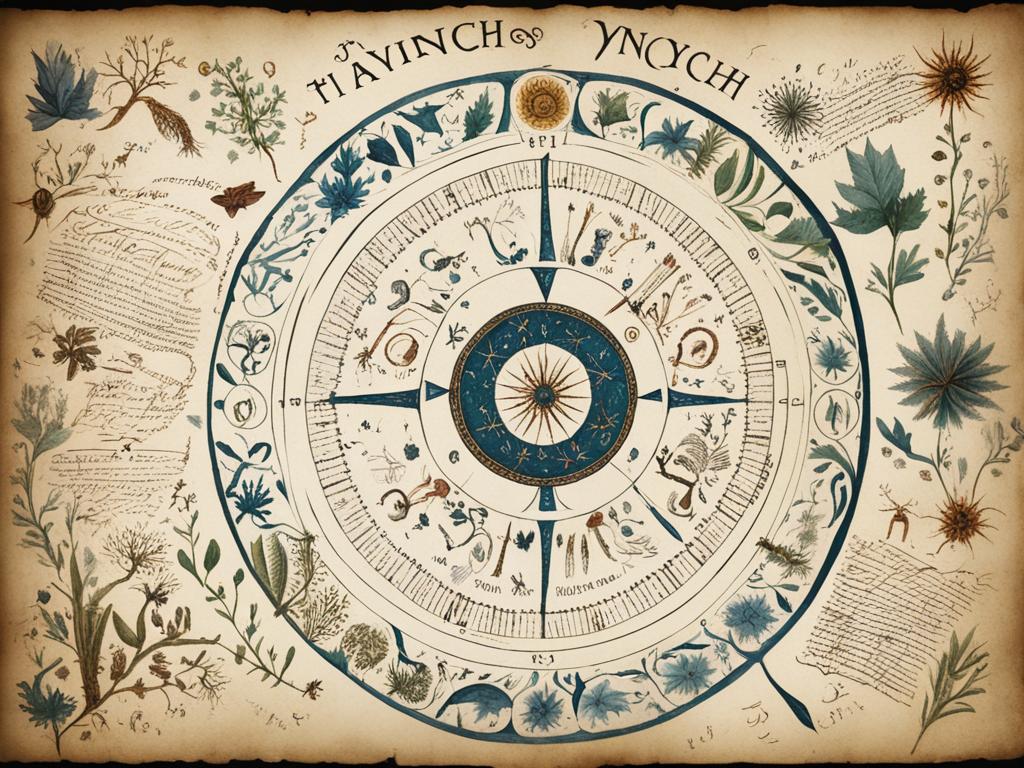Adverts
Tapo and sacred geometry: A fascinating exploration into mysteries. Tapo, a Sanskrit word meaning “to create,” is an ancient practice rooted in the principles of sacred geometry. This esoteric discipline offers a deep understanding of the underlying patterns that govern the universe, revealing the hidden connections between mathematics, nature, and spirituality.
A sacred geometry explores the relationship between shapes, proportions and patterns, revealing the fundamental building blocks of creation. From the perfect symmetry of the flower of life to the intricate complexity of Metatron's cube, these geometric shapes serve as a universal language that transcends cultural and religious boundaries.
Adverts

Sacred geometry is used in various applications such as architecture and art, as well as having healing power and spiritual significance. It was also widely used by ancient civilizations, such as the Egyptians, Mayans and Incas.
Incorporating sacred geometry into our daily lives can bring more harmony and balance. The study of Nazca Lines at the Peru is a fascinating example of sacred geometry in action and the mysteries left by the ancient peruvians.
Adverts
Key points to remember:
- Mysteries of the Nazca Lines explore sacred geometry and archaeological mysteries left by ancient peruvians.
- Sacred geometry reveals the connections between mathematics, nature and spirituality.
- Ancient civilizations, such as the Egyptians and Incas, used sacred geometry in their constructions and practices.
- Incorporating sacred geometry into our lives can bring balance and harmony.
- When exploring the Nazca Lines, we are reminded of the incredible legacy left by the ancient peruvians.
The History and Origins of Sacred Geometry
Sacred geometry dates back to ancient civilizations such as Ancient Egypt, where the pyramids were built based on geometric principles. The Egyptians believed that certain geometric shapes possessed divine attributes and incorporated them into their architecture. A civilization of the Moche, at the Peru, also used sacred geometry in his constructions, such as masks and burial coffins. You Etruscans, an ancient Italian civilization, buried rich people in gold coffins, demonstrating their social status. During the Rebirth, sacred geometry was revived and integrated into European art and architecture.
Today, sacred geometry continues to find relevance and application, especially in the field of architecture and design.

The history and origins of sacred geometry show us how this ancient practice has evolved over time and influenced various cultures around the world.
Conclusion
To the Nazca Lines at the Peru are a stunning example of the application of sacred geometry by ancient Peruvians. These intricate lines and geometric designs have remained a mystery since their discovery. Theories about its purpose range from astronomy to creating water supply maps. Regardless of their exact purpose, the Nazca Lines are a testament to the ingenuity and knowledge of ancient Peruvians regarding sacred geometry.
This practice continues to intrigue and inspire people today, showing the universal connection between mathematics, nature, and spirituality. Sacred geometry has the power to transform our perception of the world and deepen our connection with the divine. When exploring the mysteries of the Nazca Lines and sacred geometry, we are reminded of the incredible legacy left by ancient Peruvians.




